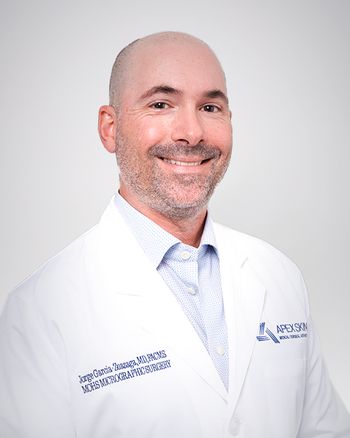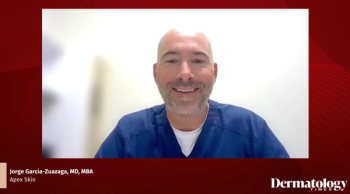
Procedural coding must capture accurate services; M.D. urges survey participation
Chicago — It's ultimately the physician's responsibility to be sure that procedural codes accurately capture the medically necessary services performed during the visit, says a presenter here at the American Academy of Dermatology's Academy '05.
Chicago - It's ultimately the physician's responsibility to be sure that procedural codes accurately capture the medically necessary services performed during the visit, says a presenter here at the American Academy of Dermatology's Academy '05.
"E and M (evaluation and management) guidelines have not changed recently, but the CPT (current procedural terminology) does," says Dirk Elston, M.D., a staff dermatologist and dermatopathologist at Geisinger Medical Systems in Danville, Pa. "Physicians should purchase a copy of the updated CPT each year."
In 1996, the Medicare program implemented a correct coding initiative (CCI) that employed close to 83,000 code edits.
Under CCI edits, some services are mutually exclusive, such as billing for the excision and biopsy of the same lesion on the same day. The terms that are employed are "comprehensive" and "component" codes, with comprehensive codes being paid and component codes being disallowed, Dr. Elston notes.
When medically necessary services are performed on separate and distinct lesions during the same visit, the physician must override the CCI edit. Several modifiers have been introduced to assist clinicians in procedural coding, such as modifier 59, which is used to designate distinct, independent and separate multiple procedures.
The 59 modifier is used most commonly to indicate that procedures that would be bundled if performed on the same lesion were, in fact, performed on separate and distinct lesions.
"If a dermatologist performs an incision and drainage on a cyst that is identified on the chest, and then conducts an excision on a basal cell carcinoma on the face, the dermatologist should code those procedures separately," Dr. Elston explains. "By contrast, if a cyst is examined, incised, drained to decompress it and then immediately excised, only the definitive procedure should be coded."
Modifier 79 is used to designate when distinct, independent and separate multiple procedures are provided in a post-operative setting. Under this modifier, the procedure must not be a component of another procedure.
"If a lesion is biopsied and immediately curetted for cure, with the expectation that it is basal cell carcinoma, and this is confirmed through pathology, the biopsy is not billed separately," he says. "This is an example of bundling."
If, however, a frozen biopsy is conducted on a papule, and a decision to perform Mohs surgery is based on the biopsy interpretation, the biopsy and surgery should be coded separately. In general, if the biopsy determines the subsequent procedure, it should be coded. If it does not determine the subsequent procedure, it is bundled into the definitive procedure code.
Injection of anesthetic is another procedure that is bundled with excision, because it is considered part of the pre-operative work. If a basal cell carcinoma is injected with anesthetic and then excised, only the excision should be coded. In contrast, if the basal cell carcinoma is excised and a separate keloid is injected on the same day, a modifier should be added to indicate that the keloid is a separate and distinct lesion. For patients, it is more convenient and more cost-effective if multiple separate services are provided on the same date, avoiding multiple visits to the physician, Dr. Elston notes.
Distinct evaluation and management services can be prompted by a second diagnosis, or by the same condition for which a procedure or service is needed. If separately identifiable E and M services are provided, modifier 25 is added.
In coding for multiple procedures, a "50 percent reduction rule" applies, where the first procedure is reimbursed at 100 percent, but subsequent procedures are reimbursed at 50 percent, up to five procedures. An exception to the 50 percent rule is Mohs surgery, Dr. Elston says. The codes for Mohs surgery contain little pre- and post-service work, and so subsequent stages are exempt from the multiple surgical reduction rule.
Newsletter
Like what you’re reading? Subscribe to Dermatology Times for weekly updates on therapies, innovations, and real-world practice tips.

















